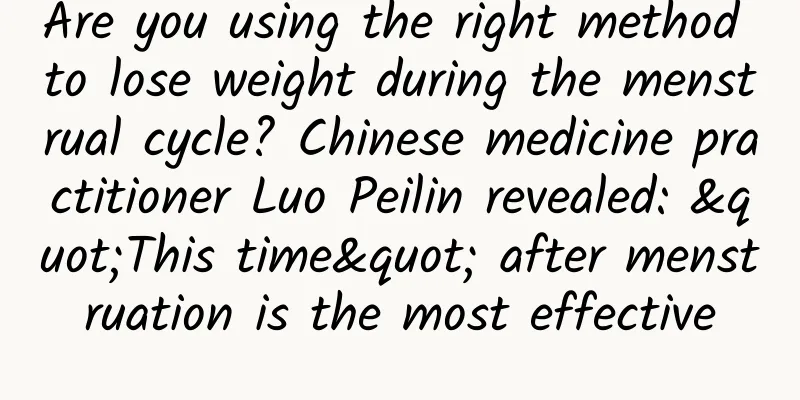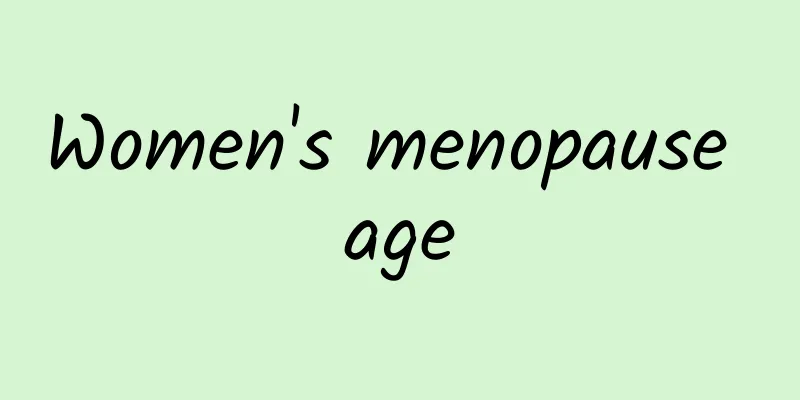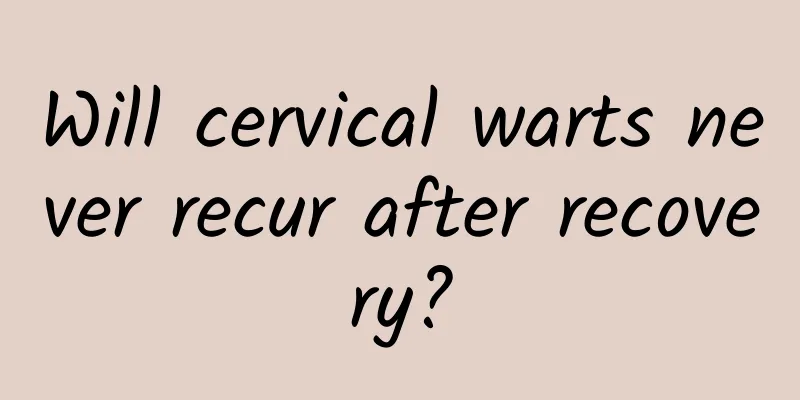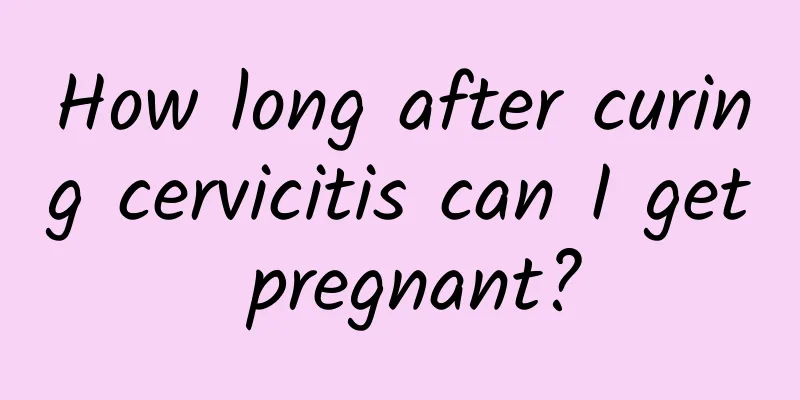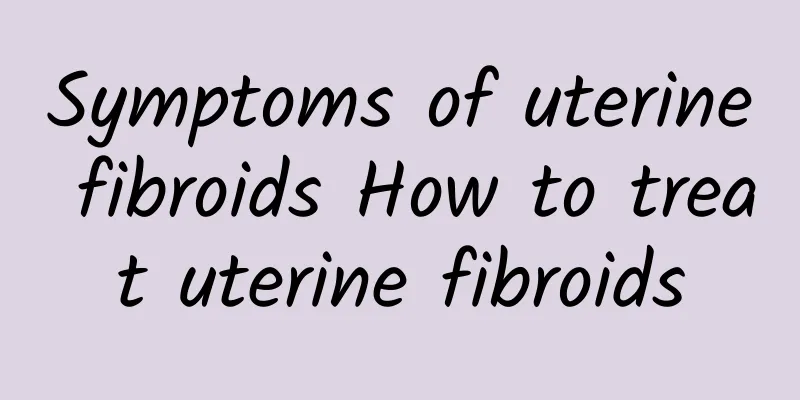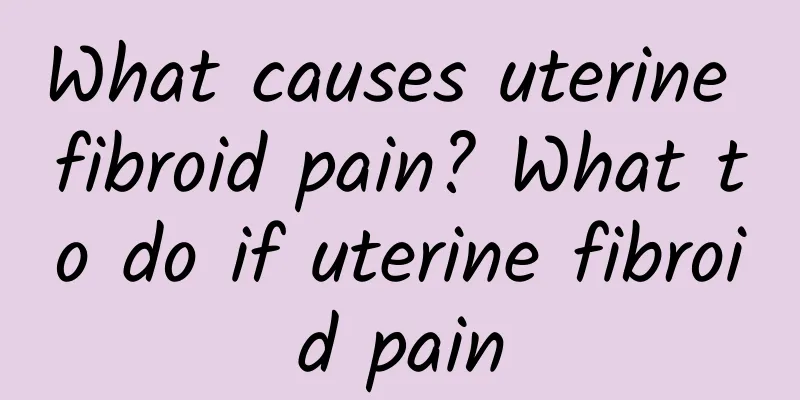Chronic pelvic inflammatory disease with bilateral adnexal masses
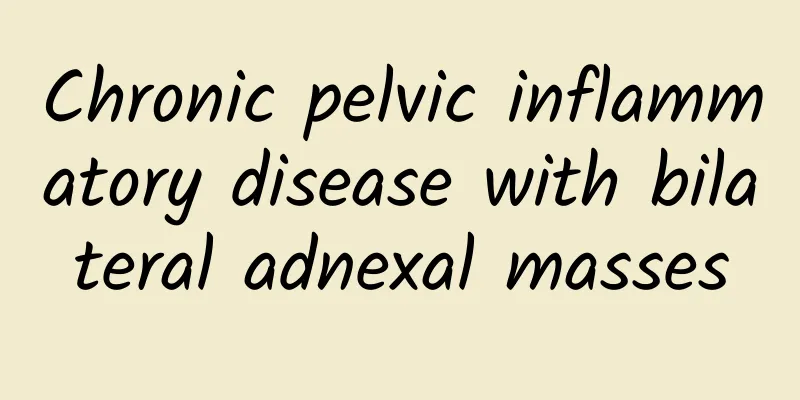
|
Chronic pelvic inflammatory disease may lead to bilateral adnexal masses, which may be related to chronic inflammatory infection, cyst formation or connective tissue hyperplasia. Under the premise of correct diagnosis, intervention methods such as anti-inflammatory drugs, surgical treatment and lifestyle improvement can be adopted to prevent the disease from getting worse. 1. Possible causes of bilateral adnexal masses in chronic pelvic inflammatory disease Chronic pelvic inflammatory disease may lead to chronic inflammatory reactions of pelvic organs (such as fallopian tubes, ovaries) and surrounding tissues, which in turn may cause bilateral adnexal masses. -Infectious factors: Infection with pathogens such as Escherichia coli, mycoplasma or chlamydia may cause chronic pelvic inflammatory disease, leading to inflammation and accumulation of fluid in the fallopian tubes and ovaries, and the formation of masses. -Cyst formation: Long-term inflammation may lead to changes in ovarian or fallopian tube function, such as ovarian cysts and hydrosalpinx, which are pathological changes that can easily develop into masses. -Tissue proliferation or adhesion: Connective tissue proliferation, fibrosis or pelvic adhesion caused by inflammation may also be the cause of adnexal masses. 2. Treatment methods and suggestions Chronic pelvic inflammatory disease with bilateral adnexal masses requires treatment based on the individual situation, such as medication, surgical intervention, and lifestyle adjustment. -Medication: 1. Antibiotics for anti-inflammatory purposes: For bacterial infections, such as amoxicillin clavulanate potassium or cephalosporins. 2. Traditional Chinese medicine conditioning: For example, the Herba Patriniae Decoction, which can clear away heat and detoxify, is effective for chronic inflammation. 3. Analgesics and anti-inflammatory drugs: When symptoms are obvious, non-steroidal analgesics such as ibuprofen can be used to relieve discomfort. -Surgery: 1. If the mass is large in diameter or there is a risk of rupture, laparoscopic surgery can be performed to remove the adnexal mass or further diagnose the cause. 2. Patients with severe hydrosalpinx can undergo fallopian tube resection or hydrosalpinx drainage surgery. 3. If the mass is suspected to be malignant, timely adnexectomy and pathological examination are required. -Lifestyle Improvement: 1. Diet adjustment: Pay attention to a low-fat, high-fiber diet, such as vegetables and fruits rich in vitamin C, and avoid spicy and greasy foods. 2. Regular exercise: Perform appropriate exercises such as yoga to improve blood circulation in the lower abdomen and enhance immunity. 3. Daily prevention and precautions Patients with chronic pelvic inflammatory disease should pay special attention to keeping the lower abdomen warm and prevent cold. In addition, regular gynecological examinations are required to monitor the condition to avoid recurrence or deterioration. If symptoms such as persistent abdominal pain and enlarged masses occur, timely review and adjustment of treatment plans should be made. Chronic pelvic inflammatory disease with bilateral adnexal masses may be related to multiple factors such as inflammation and cysts. Active treatment and daily care can help relieve symptoms and prevent more serious complications. Once abnormal symptoms occur, appropriate treatment options should be selected under the guidance of a doctor to protect reproductive health. |
<<: Can I get pregnant if I have chronic cervicitis?
>>: Is cervicitis an inflammation of the cervix?
Recommend
Analysis of the early symptoms of pelvic inflammatory disease in women
Pelvic inflammatory disease is a relatively stubb...
What to do if bacterial vaginosis recurs
Bacterial vaginosis is a gynecological disease ca...
What are the symptoms of irregular menstruation that often occur in daily life?
Irregular menstruation is becoming more and more ...
Women should pay attention to these details of adnexitis prevention
In daily life, it is very necessary to do a good ...
Does adenomyosis have a big impact on pregnant women?
Does adenomyosis have a big impact on pregnant wo...
What is the reason for less menstruation? Do you know these 6 reasons?
Women have menstruation every month, which can he...
How to prevent infection after abortion
Various infections are likely to occur after abor...
What are the main symptoms of pelvic inflammatory disease?
Among the diseases of the pelvic area, pelvic inf...
Treatment methods for mild cervical erosion, medical treatment options for mild cervical erosion
Any disease has different severity levels, and th...
What are the specific symptoms of ovarian cysts?
Most women do not understand the symptoms of ovar...
What are the causes of dysmenorrhea?
What are the causes of dysmenorrhea? Experts say:...
How to treat moderate cervical erosion in women? Try these treatments to treat moderate cervical erosion
Many women do not take good care of their bodies ...
How to Remove a Chocolate Cyst
How to remove a chocolate cyst? Chocolate cysts a...
The president's son-in-law's publicity photo shows six-pack abs, causing netizens to exclaim
After President Ma Ying-jeou's son-in-law Cai...
How to correctly choose the treatment time for cervical erosion?
How to correctly choose the treatment time for ce...
